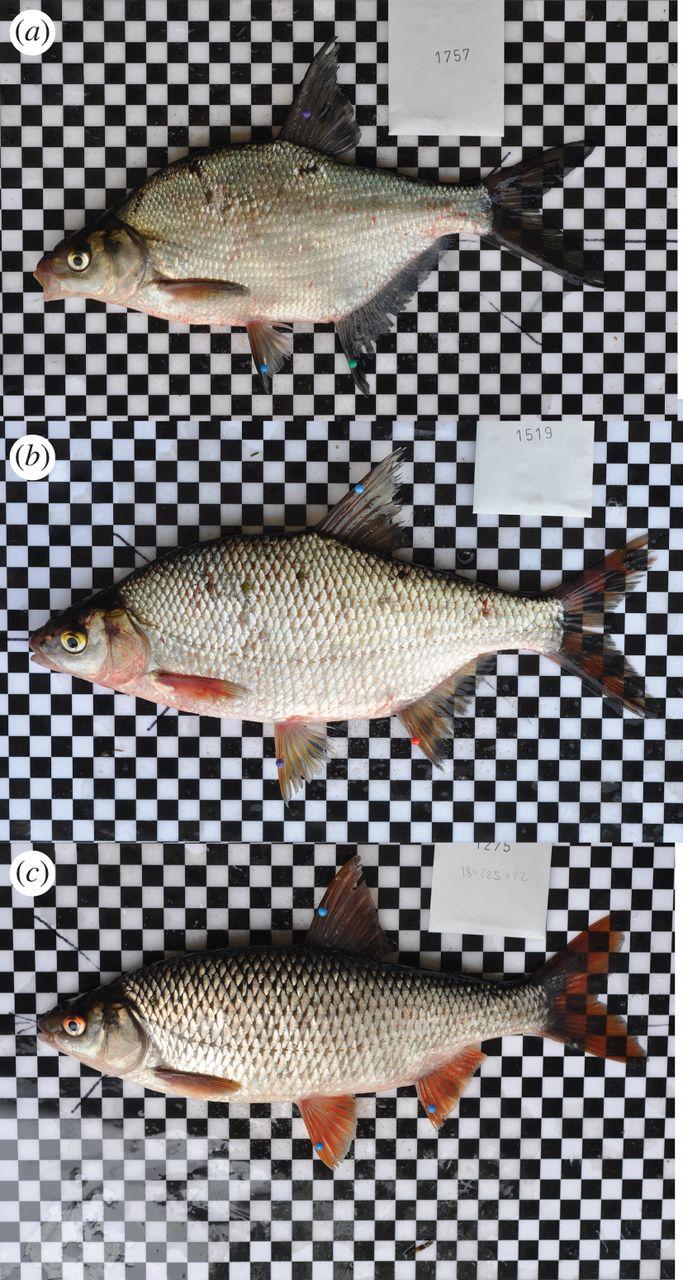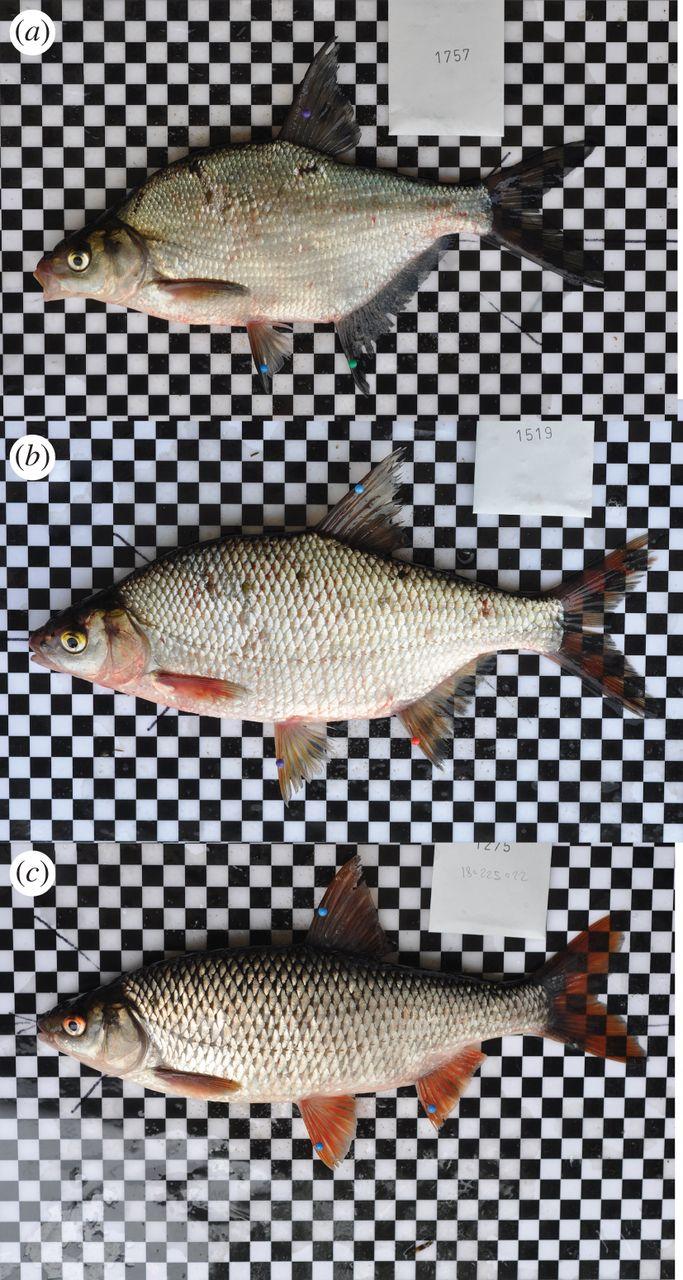
Credit: Photographer is Christian Skov.
A new study from Lund University in Sweden increases knowledge of how boundaries and barriers are maintained between different species in the animal world. According to theory, crosses between two species, known as hybrids, may not survive encounters with natural predators to the same degree as their parents. Now, researchers at the Department of Biology in Lund show that reality confirms this theory.
Hybrids between the closely related fish species of roach and bream fall prey to fish-eating cormorants to a far greater extent than their parents. This has been proven in a field study. According to the researchers, this is probably due to the hybrids' inability to fully exploit the properties which make their parent species difficult for predators to catch: speed and body shape.
It is common for the two species, roach and bream, to have shared offspring. The offspring are fertile but do not develop the properties which, in the roach and bream, probably function as a defence against predators. The hybrids are not as streamlined in shape and not as fast as a roach, nor do they grow to be as deep bodied as a bream. According to the researchers, the fact that hybrids only partly develop these properties probably makes it easier for fish-eating birds such as cormorants to catch and swallow them.
The study was conducted by biologists from the Faculty of Science at Lund University. Together with colleagues from Denmark, the UK and Switzerland, they investigated how fish-eating cormorants affect survival rates among roach, bream and cross-breeds between the two species. According to earlier theories, hybrids do not become as strong and do not survive to the same extent as the parent species. Until now, researchers have had difficulty confirming the theory in nature.
The researchers captured 456 roaches, breams and hybrids from a lake. Each individual was tagged with a microchip before being released back into the water. Three years later, the researchers began to examine the ground under the cormorants' overnight resting place by the lake and at a cormorant colony a few kilometres away. Using a portable detector which reacts to the signal from the microchips, the researchers managed to find 80 tags which had been regurgitated by the cormorants. They correspond to 17.5 per cent of all the tagged fish.
The findings showed a marked difference in the risk of being eaten by cormorants. The researchers found 14 per cent of the tags from the roach. The corresponding figure for bream was 9 per cent, whereas a total of 41 per cent of the microchips implanted in the hybrids were found.
"Our results could explain why new and even closely related species do not have more surviving offspring. The hybrids may not have the trait combinations that help the parental species to survive encounters with their natural enemies and they get eaten", says Kaj Hulthén, postdoc at Lund University's Department of Biology.
"Predators maintain the boundaries between species and keep hybrids at low densities", says Anders Nilsson, professor at the Department of Biology in Lund and at Karlstad University.
If there had not been any cormorants or other predators in the lake studied, the hybrids would have reproduced and become more common. According to the researchers, what could happen under such circumstances is that the boundary between the parent species might be erased, resulting in the two species – roach and bream – becoming one single hybrid species.
The findings were recently presented in an article in Biology Letters.
###
For more information
Anders Nilsson, professor of aquatic ecology
Department of Biology, Lund University
+46 (0)46 222 83 65
+46 (0)70 346 25 66
[email protected]
and
Department of Environmental and Life Sciences – biology, Karlstad University
+46 (0)54 700 12 18
[email protected]
Kaj Hulthén, postdoc aquatic ecology
Department of Biology, Lund University
+46 (0)46 222 84 37
+1 (919) 397 9510
[email protected]
Skype: kajan8306
Media Contact
Kaj Hulthén
[email protected]
919-397-9510
@lunduniversity
http://www.lu.se
Related Journal Article
http://dx.doi.org/10.1098/rsbl.2017.0208





